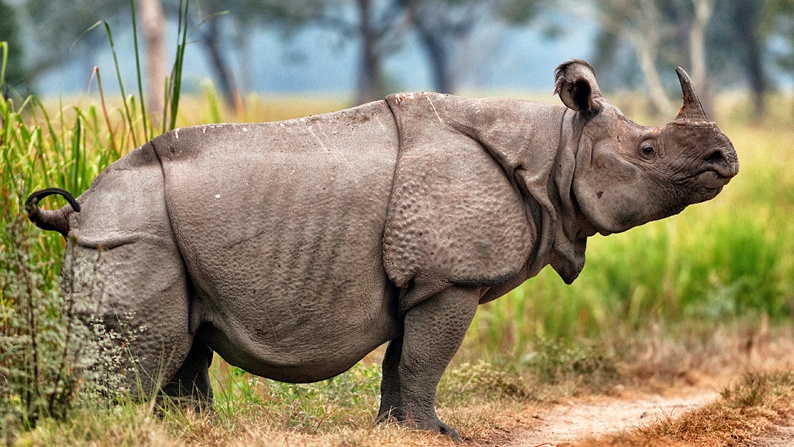

Irrespective of their massive bodies, rhinos do not feed on animals or any meat products. This roughly puts the numbers at 29,000 rhinos in the entire world. Javan rhinos are estimated to be 50-70, Black rhinos at 5,000 and Sumatran rhino at 80 while the white rhino at 2,000. Rhino vs Hippo vs Elephant Rhino Conservationīlack, Sumatran and Javan rhinos are considered by the IUCN as ‘critically endangered’ which is the highest category. If the horn is removed in a safe way that doesn’t hurt it and leave it bleeding out to death. Worldwide, the rhino horn trade has been declared illegal by the ‘Convention on International Trade in Endangered Species of Wild Fauna and Flora’.Humans are the biggest threat to the survival of this endangered species, selling off their horns for personal gain. It is assumed to have curing powers of diseases like arthritis, asthma, chickenpox, convulsions among others.

In Asia, rhino horns are used for medicinal purposes. Asia – Javan, Sumatran, Indian rhino Where do Rhinos Live? There are five different kinds of rhinos in the world especially in Africa and Asia. In respect to its most significant feature.

Based on the slightly curved horns on the front of its face, it is name is derived from two Greek words that literally describe how they look rhino meaning nose and cerus meaning horn. In this blog article, we’ll look at all the interesting facts about how rhinos eat, produce and the serious factors about their conservation and the relationship of their horns with illegal wildlife trade. Much of the other species and subspecies that are related to rhinos have since gone extinct and some species are left with only a handful of animals. Rhinoceros are one of the biggest land animals next to Elephants and Hippos.


 0 kommentar(er)
0 kommentar(er)
